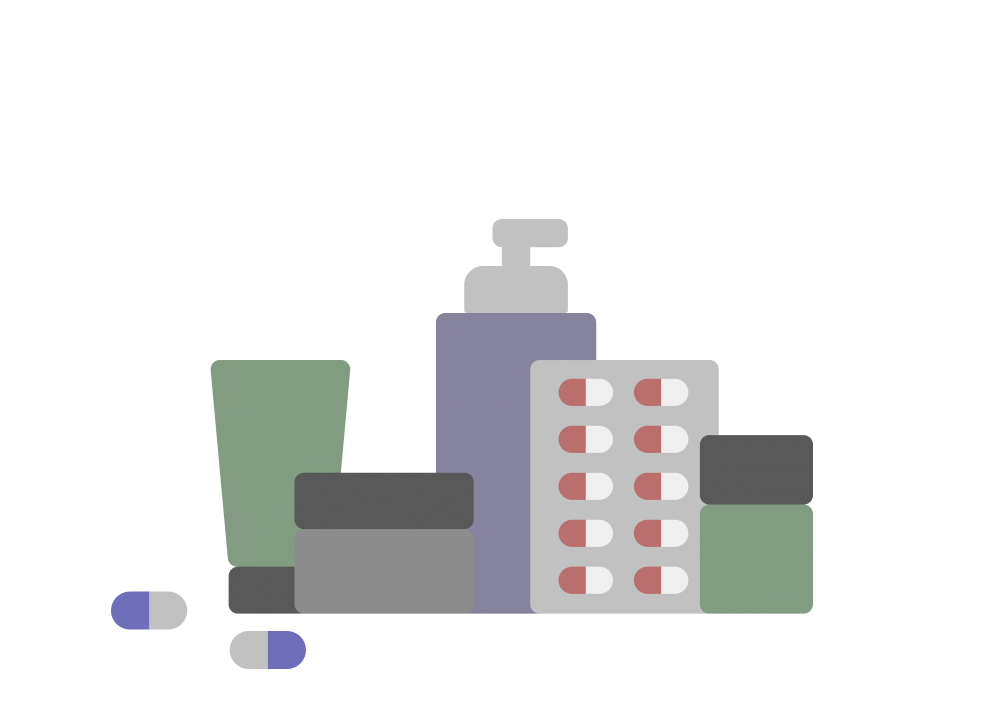
Clavonip Dry Syrup
Manufacturer
Nippon Seiyaku Pvt Ltd
Salt Composition
Amoxycillin (200mg) + Clavulanic Acid (28.5mg) + Lactobacillus (30Million spores)
Key Information
Short Description
Clavonip Dry Syrup is an antibiotic that helps treat bacterial infections of the ear, nose, throat, chest, lungs, teeth, skin, and urinary tract in children.
Dosage Form
Dry Syrup
Introduction
Clavonip Dry Syrup is an antibiotic that helps treat bacterial infections of the ear, nose, throat, chest, lungs, teeth, skin, and urinary tract in children. It can kill the bacteria that have become resistant to other therapies and has a lesser chance of causing side effects like diarrhea.
Directions for Use
Your child must complete the entire course of antibiotics. Stopping too soon may cause the bacteria to multiply again or cause another infection.
Safety Information
Side Effects
No common side effects listed
How it works
Clavonip Dry Syrup is an antibiotic. It has three active agents: Amoxycillin, clavulanic acid, and lactobacillus. Amoxycillin works by preventing the formation of the bacterial protective covering (cell wall) which is essential for the survival of the bacteria. Whereas clavulanic acid serves the special purpose of inhibiting an enzyme (beta-lactamase) that is produced by resistant bacteria. While these two medicines treat your child's infection, they may upset your child's digestive system by killing healthy gut bacteria due to the prolonged intake of this medicine. The third agent lactobacillus helps prevent side effects such as diarrhea by restoring the balance of healthy bacteria in your child's gut.
Quick Tips
Your child may have a bitter taste in the mouth after the intake of Clavonip Dry Syrup. Eating citrus fruit or sipping plenty of water or fruit juice may help. Never share your child's medicine with anyone else even if they show similar symptoms. Never self-medicate at home. Always consult the doctor before giving any medicine to your child. Do not give Clavonip Dry Syrup to treat the common cold and flu-like symptoms caused by viruses. Never save medicine for future illnesses. It cannot be said whether the same medicine will work on future infections. Stop Clavonip Dry Syrup immediately if your child develops an itchy rash, facial swelling, or breathing difficulty. Report to the doctor without any delay.
Related Medicines

Anticlave LB Dry Syrup

Zalclav CV LB Dry Syrup

RD Mox CV Dry Syrup

Stilmox LB Dry Syrup

Jimox LB Dry Syrup

Clavam LB Bid Dry Syrup

Caremox CV LB Dry Syrup

Moxyvive LB Dry Syrup

Afinar Clav Dry Syrup

Acuclav LB Dry Syrup
Frequently asked questions
Is it safe to give my child a higher dose of Clavonip Dry Syrup than recommended?
No, taking more medicine than prescribed can increase the risk of side effects. If your child's symptoms worsen, consult their doctor for re-evaluation and guidance on the best course of treatment.
Can my child take other medicines while using Clavonip Dry Syrup?
It is essential to inform your child's doctor about any other medications they are taking before starting Clavonip Dry Syrup. Additionally, consult with the doctor before giving any medicine to ensure safe and effective treatment.
Should I stop giving Clavonip Dry Syrup once my child's symptoms improve?
No, it is crucial to complete the full course of treatment as directed by your child's doctor. Stopping medication too soon can lead to incomplete recovery and potential worsening of the infection.
Can I get my child vaccinated while they are on Clavonip Dry Syrup?
Typically, antibiotics do not interfere with vaccines or cause adverse reactions. However, it is recommended to wait until your child has recovered from their illness before getting vaccinated.
What lab tests may be necessary for my child while taking Clavonip Dry Syrup long-term?
During prolonged therapy, the doctor may periodically monitor kidney and liver function tests to ensure the medication is not causing any adverse effects on these organs.
Is yellow or green mucus in my child's nose a sign of a bacterial infection?
No, this color change in mucus is common during a viral cold and usually resolves within 7-10 days. Antibiotics are not typically needed for this type of illness.


